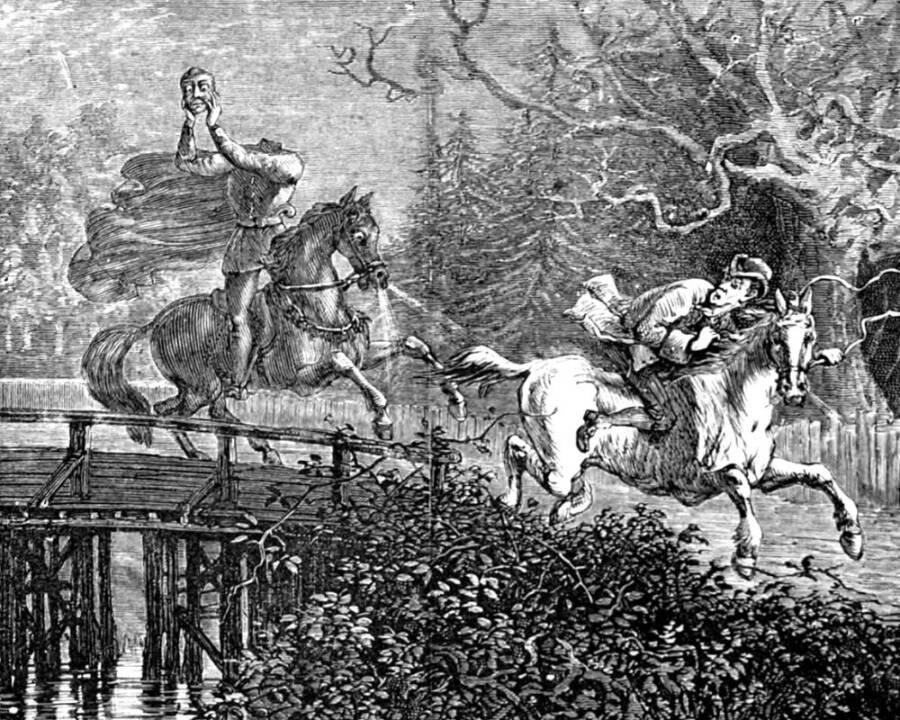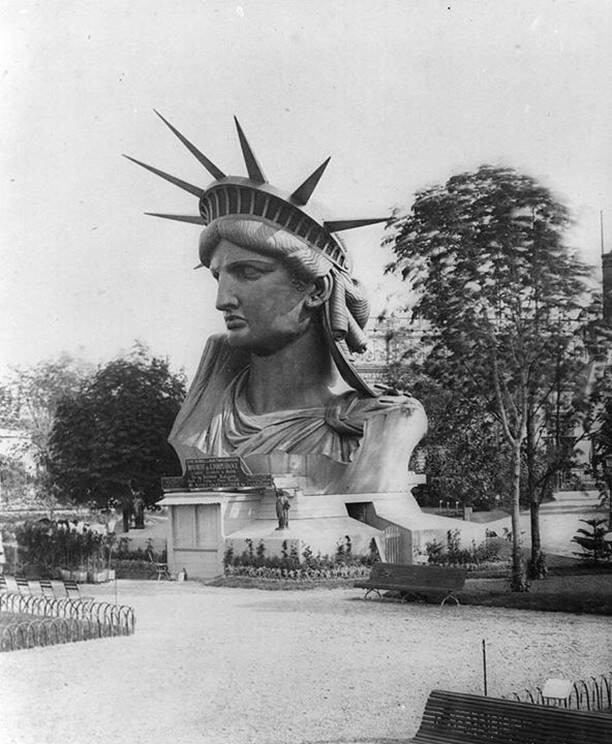AC. The Real-Life Tales Behind The Legend of Sleepy Hollow and Its Headless Horseman
Introduction: The Enduring Legacy of The Legend of Sleepy Hollow
Washington Irving’s The Legend of Sleepy Hollow is one of the most iconic and enduring American ghost stories. It has captivated readers since its publication in 1820, and it continues to be a Halloween favorite. The tale of Ichabod Crane, the superstitious schoolteacher, and his fateful encounter with the ghostly headless horseman, has been retold in countless adaptations across various forms of media. However, the story’s eerie elements and legendary figures have roots in both real history and folklore, blending together to create a chilling narrative.
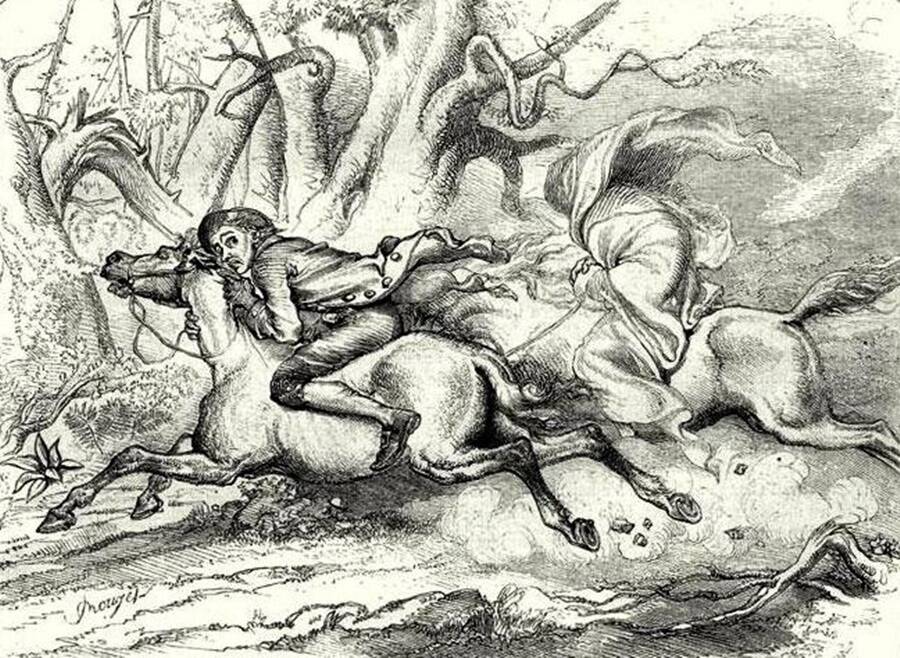
While the characters and plot of The Legend of Sleepy Hollow are fictional, the inspiration for Irving’s work is far from purely imaginary. The infamous headless horseman, for instance, was likely inspired by a historical figure and has connections to European myths. This article delves into the real-life events, figures, and folklore that influenced one of America’s most beloved ghost stories.
The Origins of the Headless Horseman in European Folklore
Before Irving put pen to paper, tales of headless horsemen were common in European folklore, particularly in Scandinavia and Northern Europe. The myth of a decapitated apparition riding a horse can be traced back to Celtic traditions. One of the most well-known figures is the dullahan, a headless demon who rides a black horse, holding its head in one hand. This ghostly figure was considered a harbinger of death in Irish mythology.
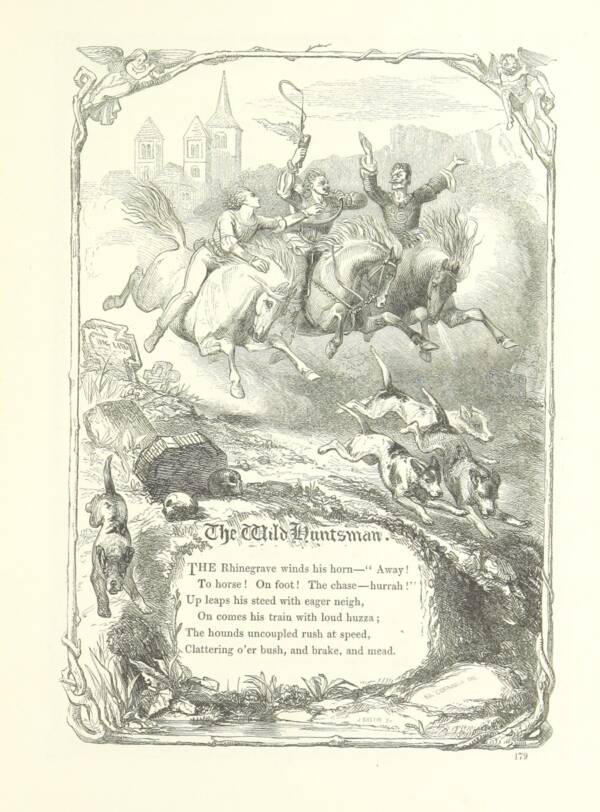
In addition to Celtic myths, similar tales can be found in Arthurian legend. In the medieval poem Sir Gawain and the Green Knight, a knight decapitates a green giant, only for the creature to ride off with its severed head. These stories of headless riders and spectral figures became well-known across Europe, influencing later narratives about ghostly apparitions.
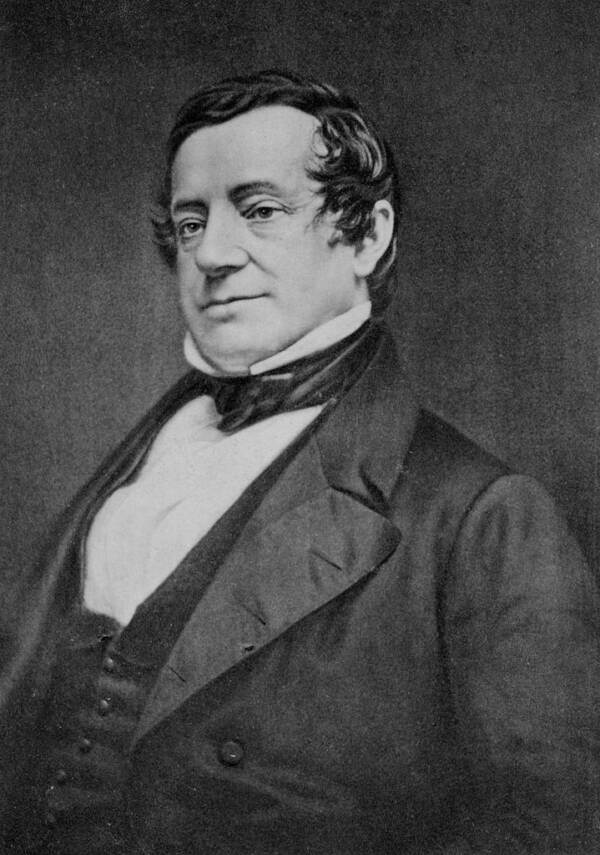
Another notable European tale is The Wild Huntsman, or Der wilde Jäger, a German folktale depicted by poet Gottfried August Bürger. The story tells of a ghostly rider who pursues travelers as a forewarning of doom. Irving, a well-read scholar, would have been familiar with these folktales, especially after his time in Europe. He incorporated elements of these myths into his creation of the headless horseman, weaving them into the uniquely American setting of Sleepy Hollow.
The American Inspiration: The Headless Hessian Soldier
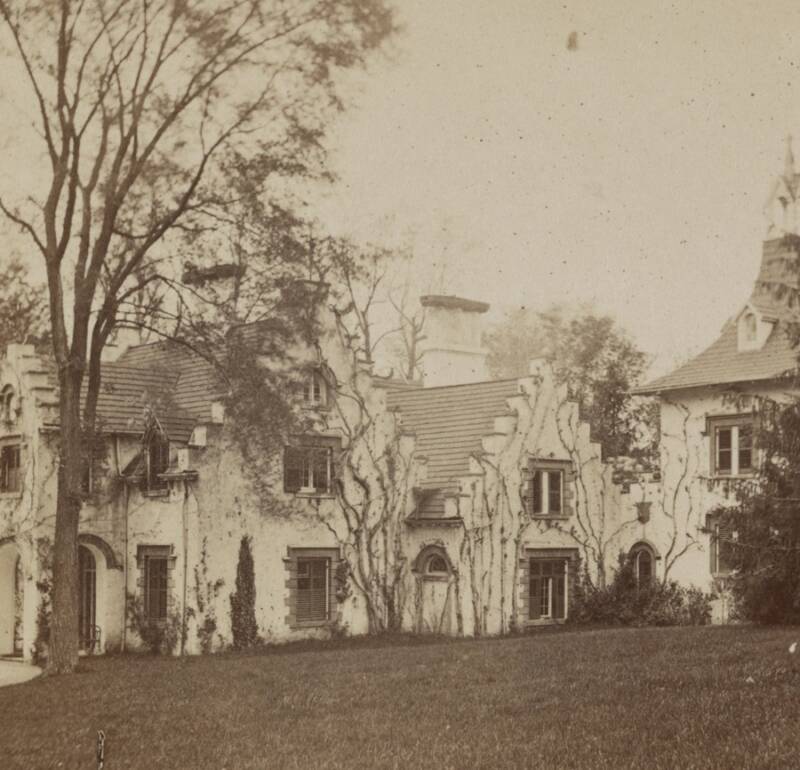
While the inspiration for the headless horseman in The Legend of Sleepy Hollow can be traced back to European folklore, Irving’s character is more directly inspired by a real historical event. During the American Revolution, German soldiers known as Hessians were brought over to fight for the British. One such soldier’s story may have influenced Irving’s vision of the headless horseman.
In 1776, during the Battle of White Plains in New York, a Hessian soldier was reportedly decapitated by a cannonball. According to historical accounts, his body was buried near the Old Dutch Church in Sleepy Hollow, New York. It was said that the decapitated soldier’s ghost would rise at night in search of his lost head. This chilling tale was passed down through the years and became a local legend, which Irving would later incorporate into his ghostly story.
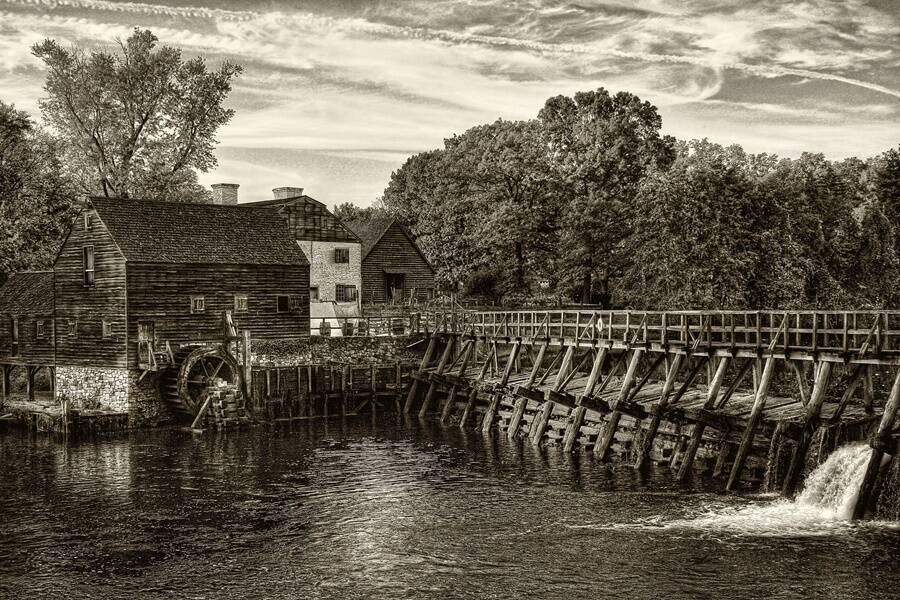
In fact, Major General William Heath’s 1798 memoir mentioned the death of the Hessian soldier, and the story was corroborated by others, including a soldier named Anthony Maxwell. These accounts were well-known in the northeast, particularly in the village of Tarrytown, where Irving spent part of his youth.
Washington Irving’s Connection to Sleepy Hollow
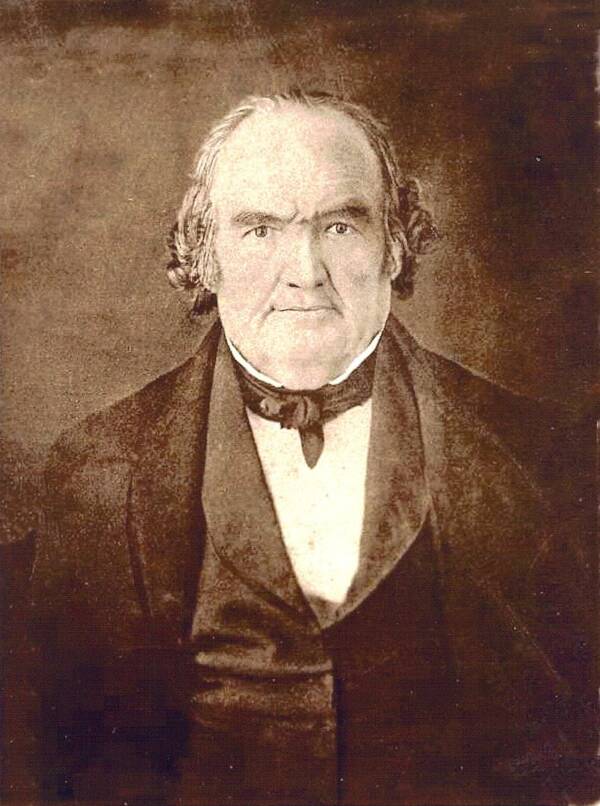
Irving’s connection to Sleepy Hollow, the real village that inspired the setting for his story, is deeply rooted in his childhood. In 1798, when Irving was just 15 years old, he moved to Tarrytown with a family friend named James Kirke Paulding. During this time, Irving’s family had fled New York City due to a yellow fever epidemic, and they found refuge in the Hudson Valley.
Irving’s time in Tarrytown greatly influenced his writing. He was captivated by the town’s colonial Dutch architecture, its rural setting, and the eerie, mysterious atmosphere of the surrounding woods. These elements provided the perfect backdrop for The Legend of Sleepy Hollow, which takes place in a small, isolated village where strange happenings are commonplace.
The Historical and Literary Influences on Ichabod Crane
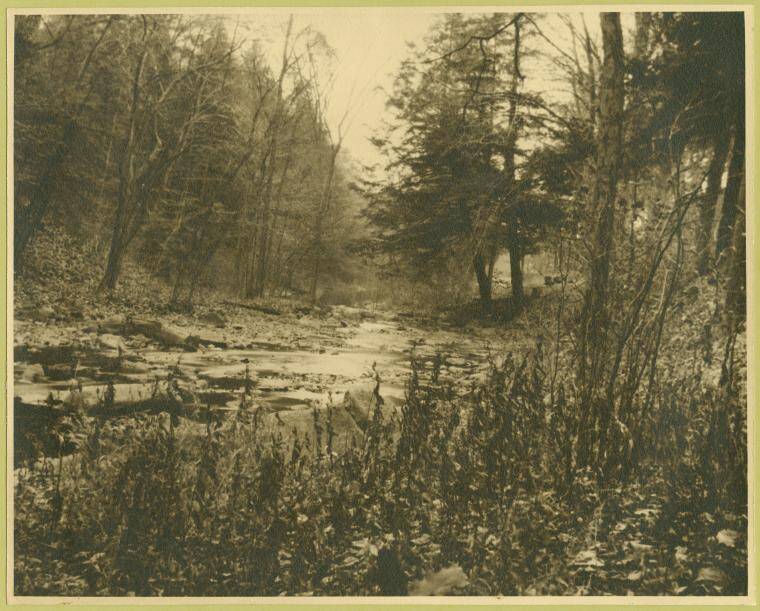
The character of Ichabod Crane, the schoolteacher who encounters the headless horseman, was likely inspired by real people Irving knew. Many scholars believe that Crane was based on a man named Jesse Merwin, a schoolteacher from upstate New York who was a friend of Irving’s. Merwin was known for his bookish nature and his tall, lanky appearance, which closely mirrored Irving’s description of Ichabod.
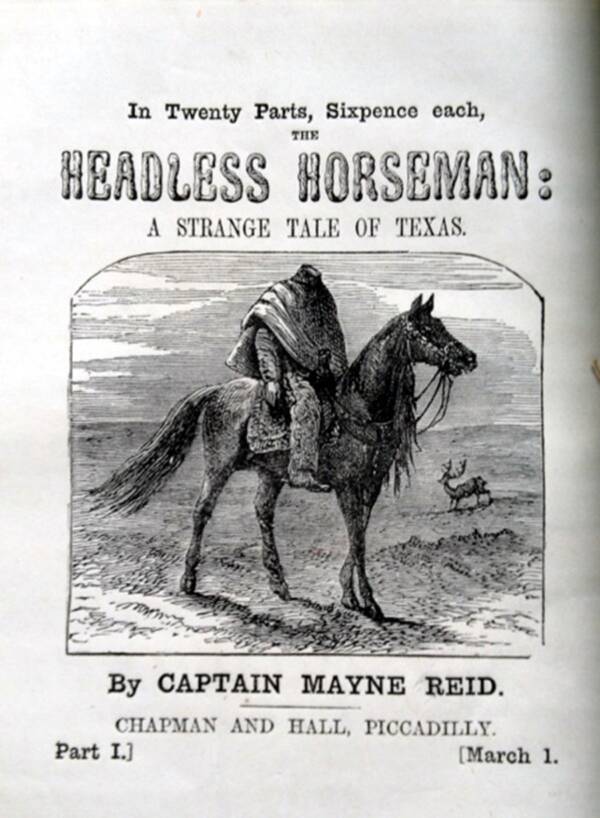
In addition to Merwin, some historians suggest that Irving may have based Ichabod’s character on Samuel Youngs, a lieutenant from Tarrytown who was friends with the Van Tassel family. The Van Tassels, who play a prominent role in the story as the family with whom Ichabod falls in love, were also real people from Irving’s life.
As for Katrina Van Tassel, Ichabod’s love interest, she was likely inspired by Eleanor Van Tassel Brush, a woman Irving knew personally. Irving’s vivid description of Katrina, calling her “plump as a partridge” and “rosy-cheeked as one of her father’s peaches,” aligns with his affection for the real-life Eleanor.
The Influence of Irving’s European Travels
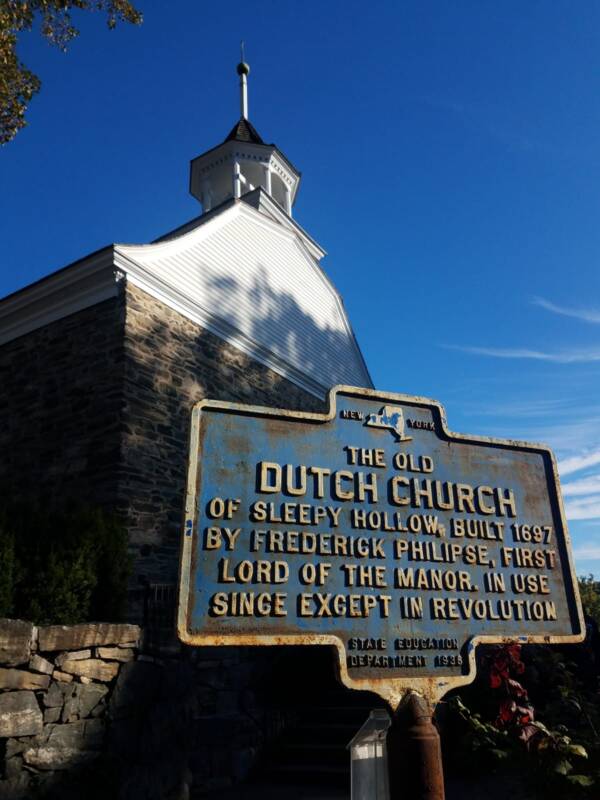
While much of the inspiration for The Legend of Sleepy Hollow came from Irving’s personal experiences and the folklore of the Hudson Valley, his European travels also played a significant role in shaping the story. After a business failure in America, Irving moved to Birmingham, England, in 1815, where he was exposed to new literary influences and historical narratives.
During his time in Europe, Irving was struck by the region’s rich history, particularly the tales of medieval knights, castles, and supernatural occurrences. These experiences influenced his writing and his fascination with the eerie, otherworldly elements that would become central to The Legend of Sleepy Hollow.
The Legacy of The Legend of Sleepy Hollow
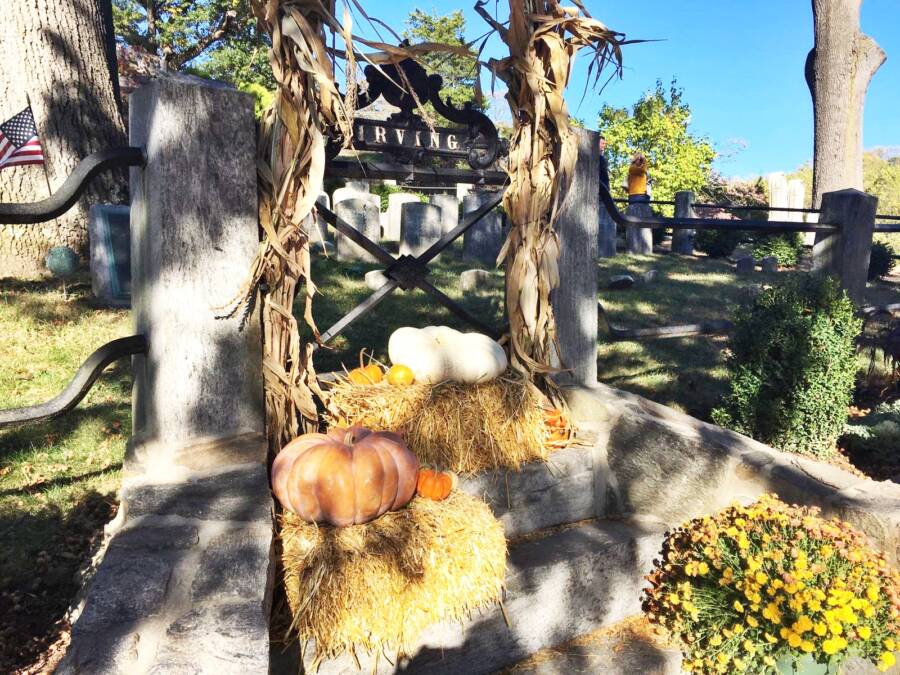
Since its publication in 1820, The Legend of Sleepy Hollow has become one of the most beloved and enduring ghost stories in American literature. Irving’s masterful blend of folklore, history, and the supernatural has captivated readers and audiences for generations. The tale has been adapted countless times, with one of the most famous film adaptations being Tim Burton’s 1999 version, starring Johnny Depp as Ichabod Crane.
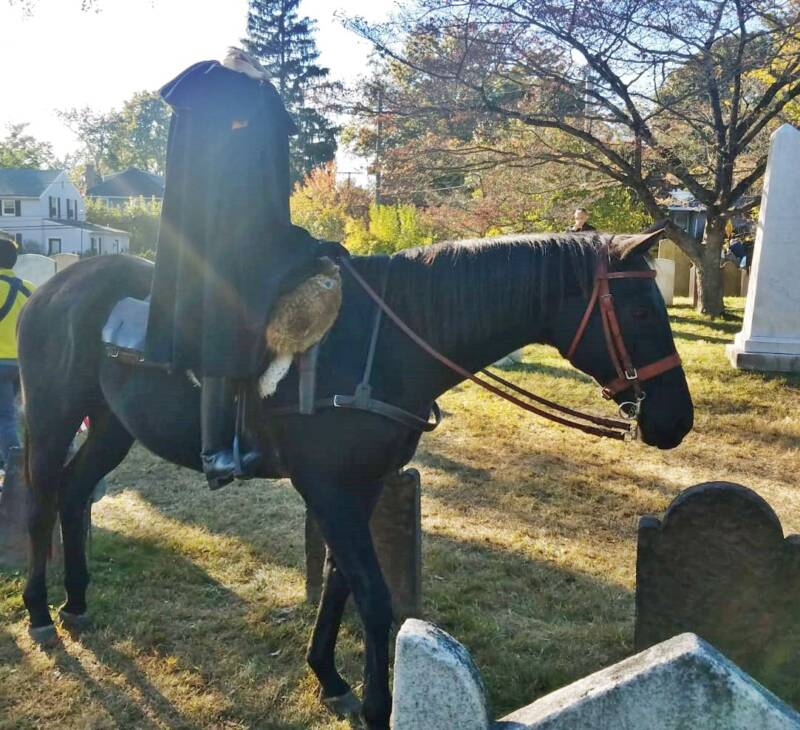
In addition to film adaptations, the story has inspired countless Halloween-themed events, festivals, and even the naming of towns and villages across the United States. The character of the headless horseman has become a symbol of the Halloween season, and Irving’s eerie, atmospheric setting of Sleepy Hollow continues to be a source of inspiration for writers, filmmakers, and artists.
Conclusion: The Enduring Appeal of Sleepy Hollow
The Legend of Sleepy Hollow remains one of America’s most iconic ghost stories, and its impact on popular culture is undeniable. From its historical roots in the American Revolution to its connections with European folklore, Irving’s tale is a rich blend of the supernatural and the real. The headless horseman, with his haunting presence, continues to fascinate audiences and serves as a reminder of the power of folklore to capture the imagination.
Through Irving’s work, Sleepy Hollow has become more than just a place—it’s a symbol of the eerie, the mysterious, and the supernatural. The story’s lasting appeal is a testament to the power of folklore and the imagination, proving that even centuries later, tales of headless horsemen and ghostly riders still have the ability to chill and captivate us.
Sources:
